In 2019, Ham Thuan Nam district was one of the first localities in the country to recognize and assign management rights in protecting aquatic resources to community organizations according to the 2017 Fisheries Law. From this basis, many criteria are suitable for implementing fisheries extension models.
From the open sea
The co-management model originated from the idea and proposal of dedicated fishermen in Thuan Quy commune (since 2008), requesting to hand over the sea area for protection, conservation, and rational exploitation of razor clam resources. In 2015, the project "Building a pilot model for razor clam co-management in Thuan Quy commune" was built by the Provincial Fisheries Association and funded by the Global Environment Facility - Small Projects Grant Program in Vietnam (UNDP/GEF SGP). This is a very new model, applied for the first time in Ham Thuan Nam district in the open sea.
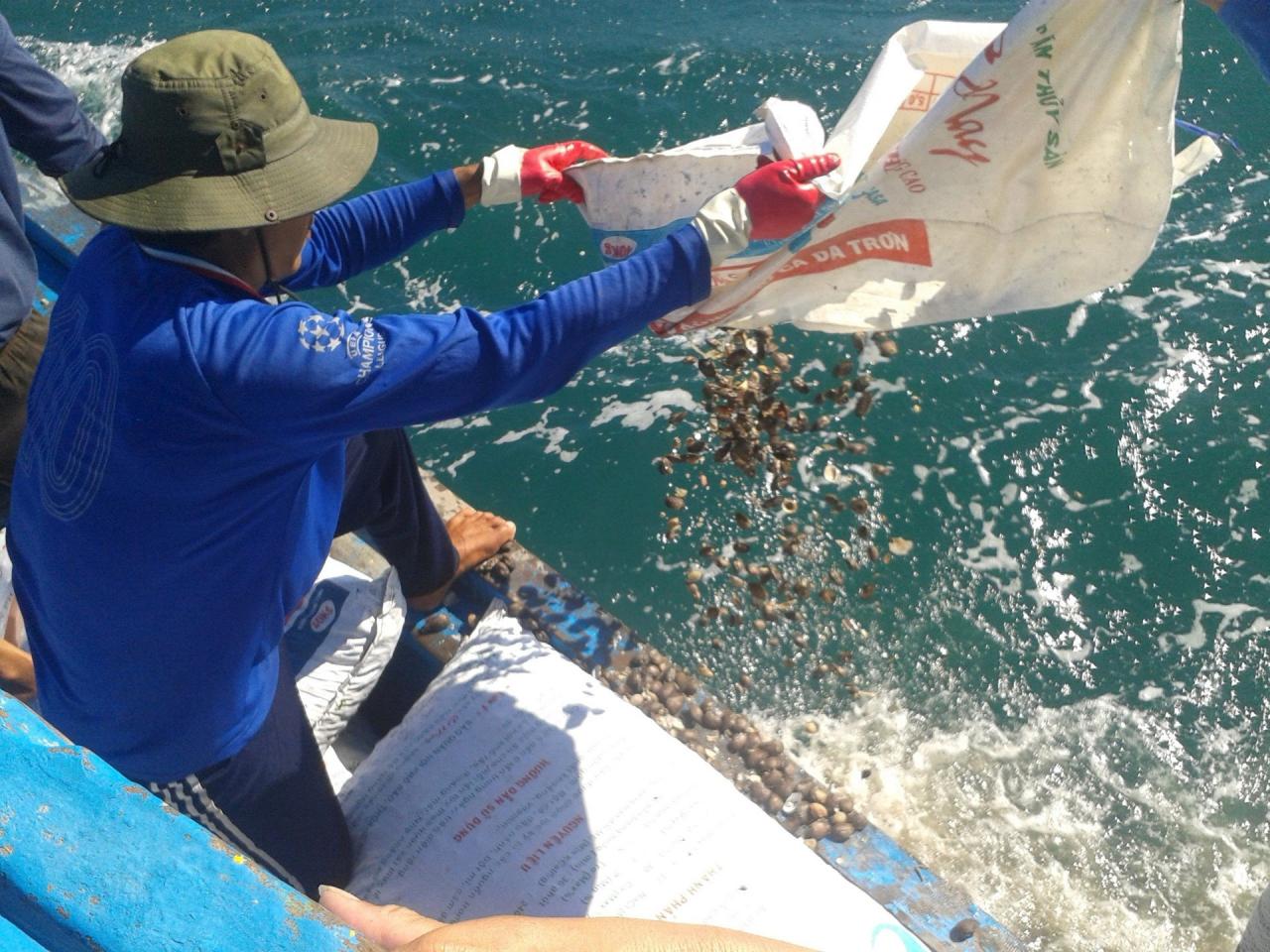
From the results achieved by the pilot model in Thuan Quy, by 2018, UNDP/GEF SGP continued to fund the replication for Tan Thanh and Tan Thuan communes through the project "Promoting empowerment and capacity building for communities in the management, protection, use and sustainable development of aquatic resources, contributing to the protection of coastal ecosystems in Ham Thuan Nam district" with the goal of continuing to strengthen community organizations in Thuan Quy commune, developing and replicating co-management for Tan Thanh and Tan Thuan communes.
From that solid foundation, plus nature has favored the 3 coastal communes with valuable aquatic resources of high economic value, creating livelihoods and bringing significant income to many households. Master Lai Duy Phuong - Institute of Marine Research - under the Ministry of Agriculture and Rural Development, during his visits to survey the Ham Thuan Nam sea area, said: "The seabed of Ham Thuan Nam is composed of sand, gravel, dead coral, coral reefs and reefs. In the bottom sand, there is a proportion of mud and many soft coal shells. The water area often has tidal currents, the maximum speed at the surface can reach 54 cm/s. Therefore, it fully meets the criteria for forming a suitable fisheries extension model, contributing to the development of sustainable aquaculture associated with environmental protection and conservation of natural resources". Accordingly, Mr. Phuong proposed 3 models such as: extensive cockle farming in Thuan Quy commune, green mussel farming at Hon Lan cape - Tan Thanh commune and Pacific oyster farming.
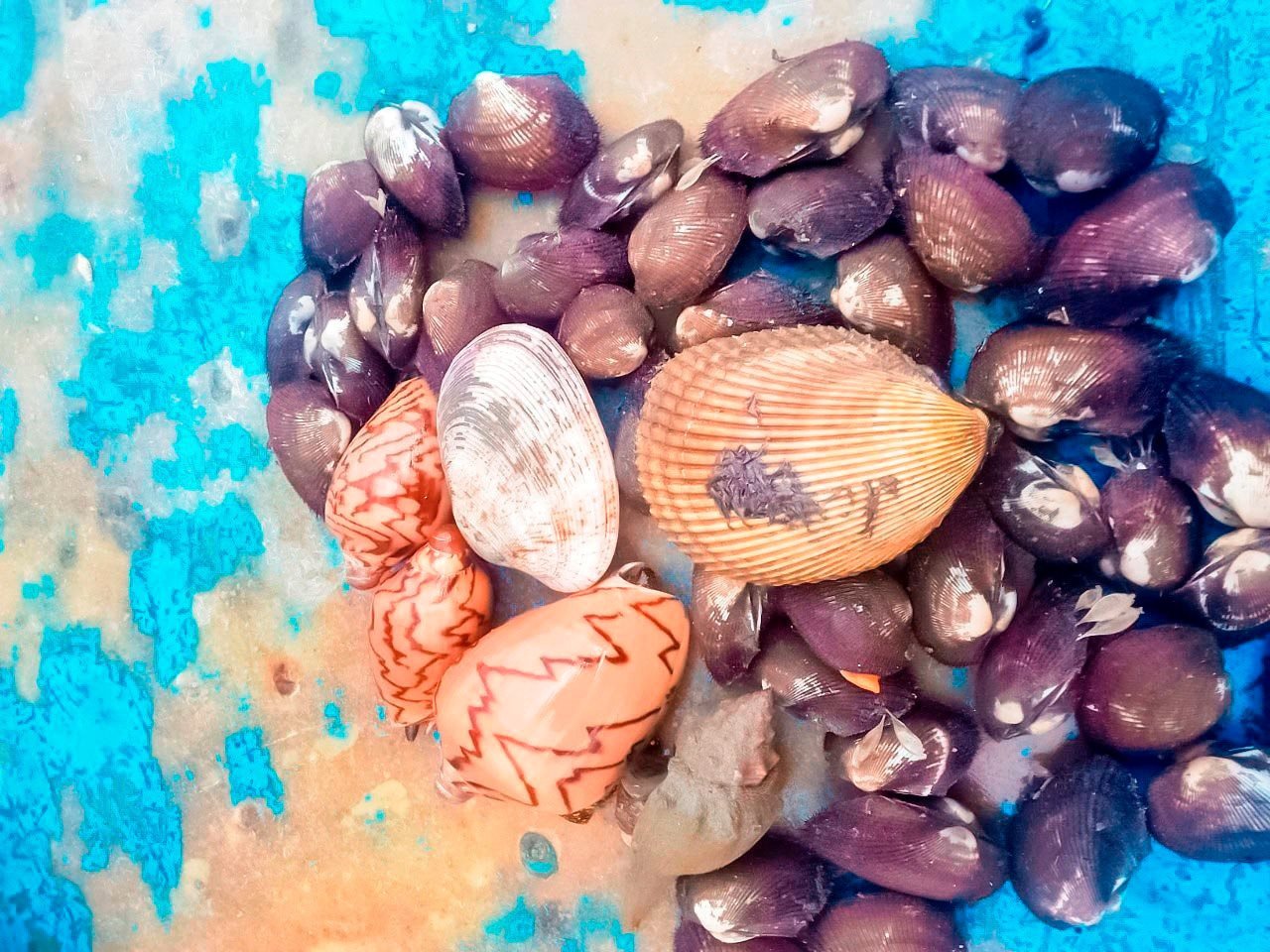
To prospective models
Thuan Quy is a commune that has been recognized and assigned the right to manage aquatic resources protection in the sea area of 16.5 km2 under the name "Association of Fishermen's Community for Management and Exploitation of Clam Resources". Therefore, this sea area is very suitable for raising clams because of its temperature, salinity as well as the bottom material of mud sand and dead coral fragments (sand accounts for 60 - 80%) which are very suitable. This model is being successfully raised in many provinces such as: Quang Ninh, Hai Phong, Thanh Hoa, Phu Yen, Khanh Hoa, Ninh Thuan, Ca Mau...
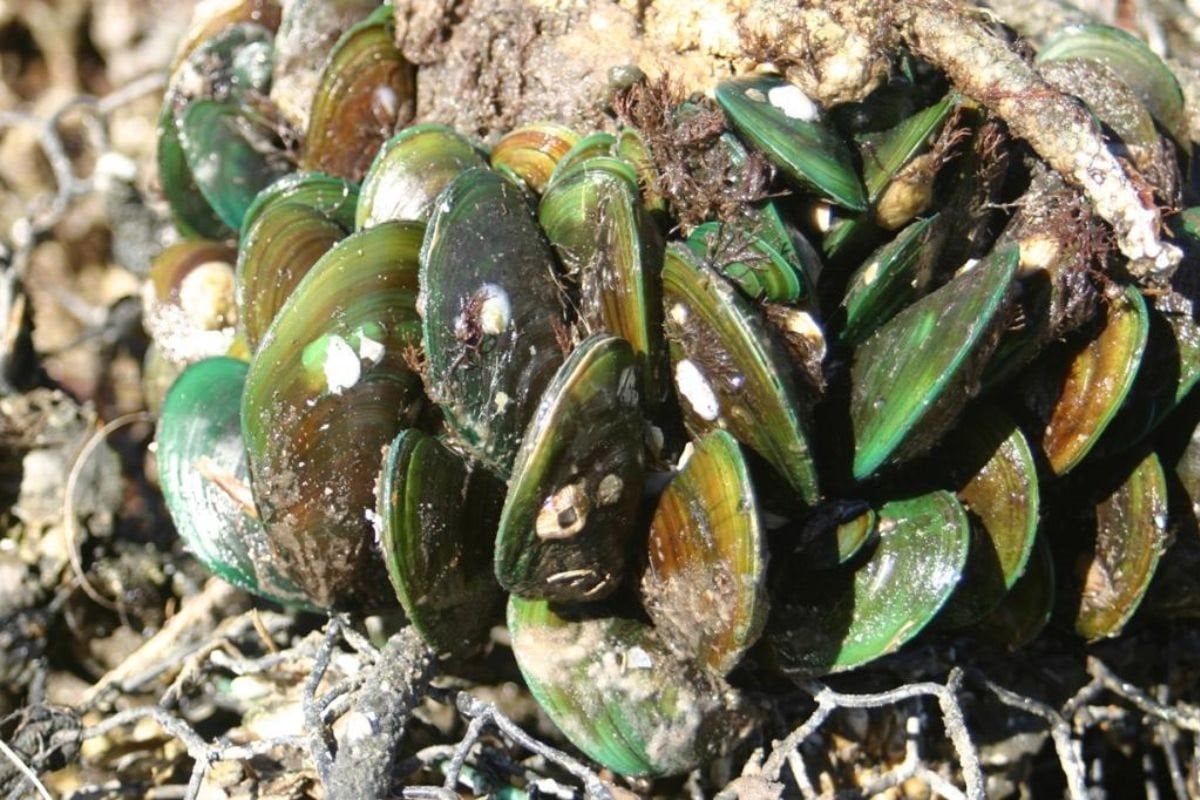
When raising, you should choose juveniles weighing 400 - 600 individuals/kg, of uniform size, pinkish-white color, which can be collected from the wild or from production facilities. The stocking density is from 100 - 150 individuals/m2 in the early morning or cool afternoon, when the tide is rising. For razor clams, they can be stocked all year round, but the stocking time is concentrated from May - June and September - October. After 7 months of stocking, individuals that have reached commercial size (40 - 50 individuals/kg) will be harvested and those that have not reached the size will continue to be raised.
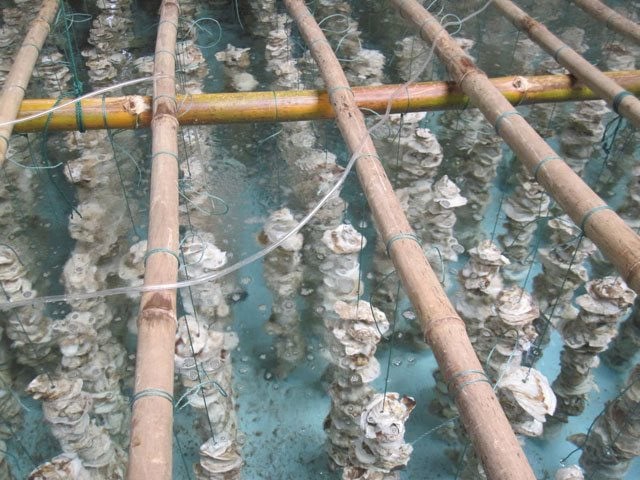
For the extensive green mussel farming model in Hon Lan - Tan Thanh, it will also be farmed in the sea area under management of 9.2 km2. The sea area around Hon Lan has quite suitable conditions for mussels to grow. Depending on the depth, farming methods can be selected such as: bottom farming applied to water areas with reefs, dead coral reefs mainly in low tide areas. Or hanging rack farming by using bamboo, wood, concrete piles and ropes to form 5 x 10 m racks and connecting many racks together into large arrays. This method takes advantage of the water layer, rich food sources and is easy to harvest. In addition, it is also possible to use the pile farming method, using bamboo, wood... stakes fixed to the bottom, the distance between the stakes is about 0.5 - 1 m. With this model, it is necessary to have measures to move the farmed mussels to a safe location in case of an incident, and to have measures to thin them when the mussel density is too thick. After 2 years of raising, the average size reaches >10 cm and then proceed to harvest.
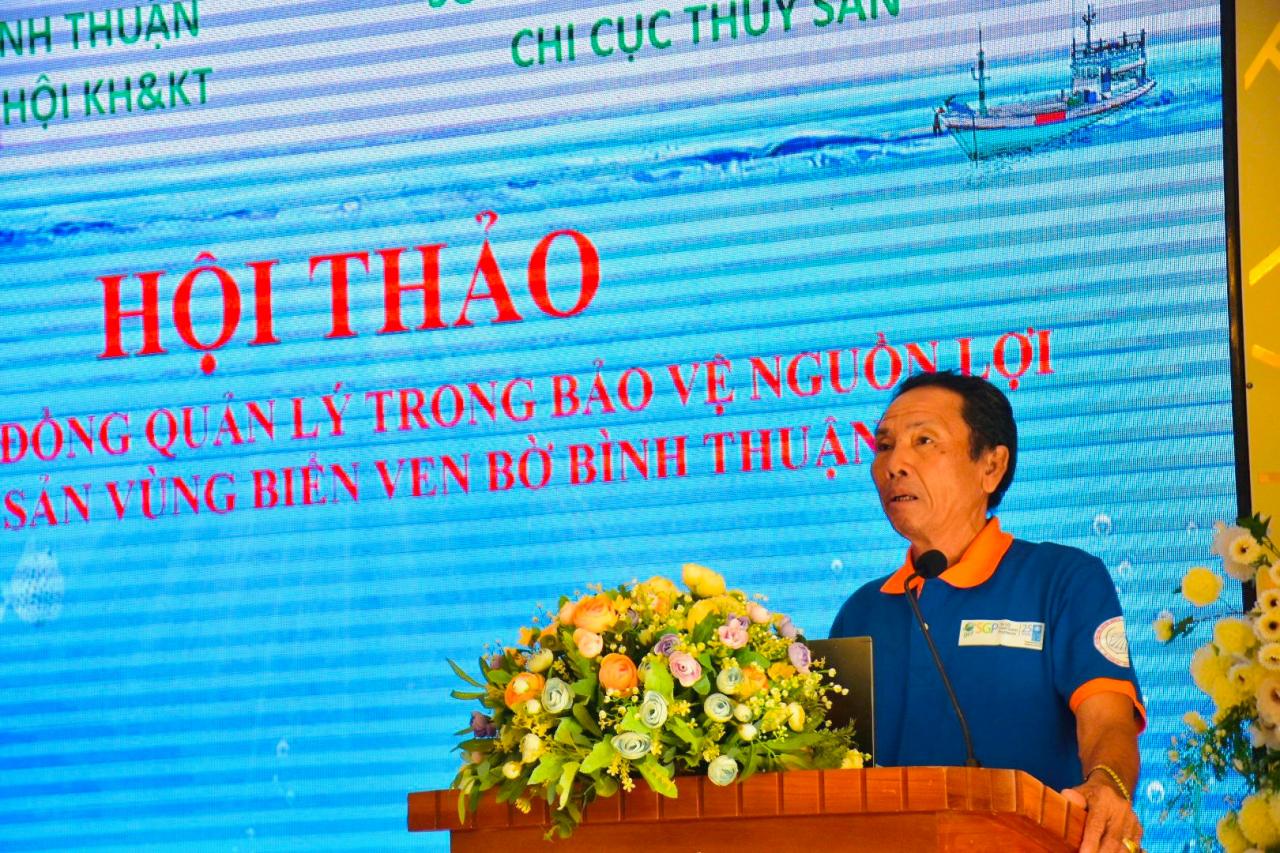
In addition, the sea area under the management of the 3 communes here is also suitable for raising Pacific oysters. This oyster species often lives in the low-tide line with high and stable salinity, clean water, areas with large water surface areas, water areas with circulating currents, rich in plankton. The oyster farming area has a depth of 3 - 6 m for raft farming, and for platform farming, the tidal area near the shore, shallow water can be chosen. Farmers can raise from 10 - over 200 rafts for the form of hanging farming on rafts and 150 ropes (for rope farming); 1 - 3 hectares for the form of tray farming placed on the platform, with a yield of over 200 tons/year. After 8 - 12 months, the oyster size reaches over 7 cm, and will be harvested. From June to November every year, farmers can harvest, because this is the time when oysters reach a high fat content of 20 - 25% (about 4 - 5 kg of oysters in shell for 1 kg of oyster meat).
“This is also the wish of fishermen in the Thuan Quy Commune Fishermen's Association in particular and the other two communes in general, when building oyster, green mussel, and razor clam farming models. However, to make these models a reality, the active participation of members of the Fishermen's Association is needed because they are located in a co-managed sea area. In particular, the participation of the government, scientists, and businesses is needed to mobilize the capacity of all parties to ensure the stability, longevity, and effectiveness of the model. In addition, the issue of security and protection of the sea requires mechanisms and regulations to handle illegal fishing vessels entering the farming area,” said Mr. Dong Van Triem - Chairman of the Thuan Quy Fishermen's Association.
Source


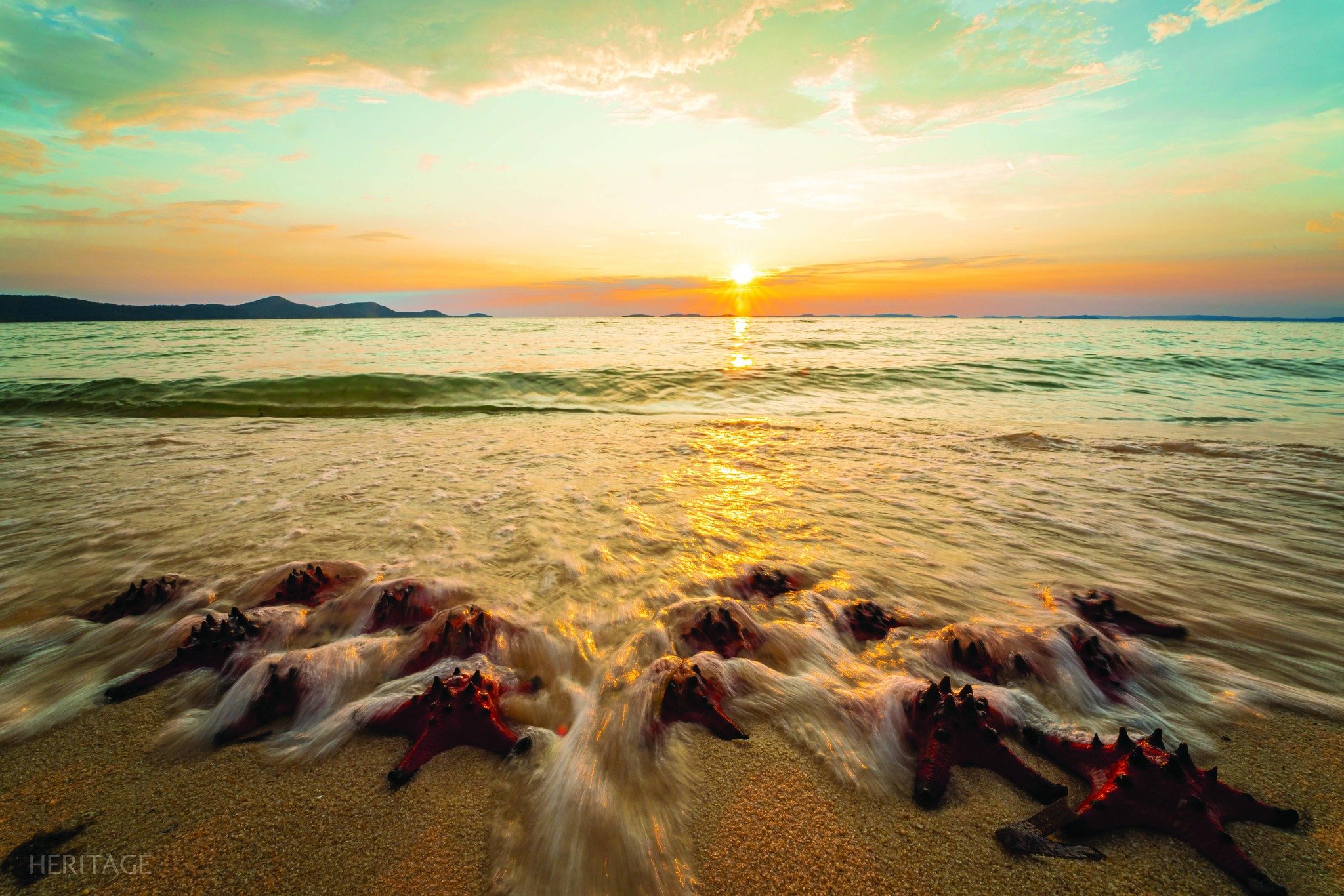
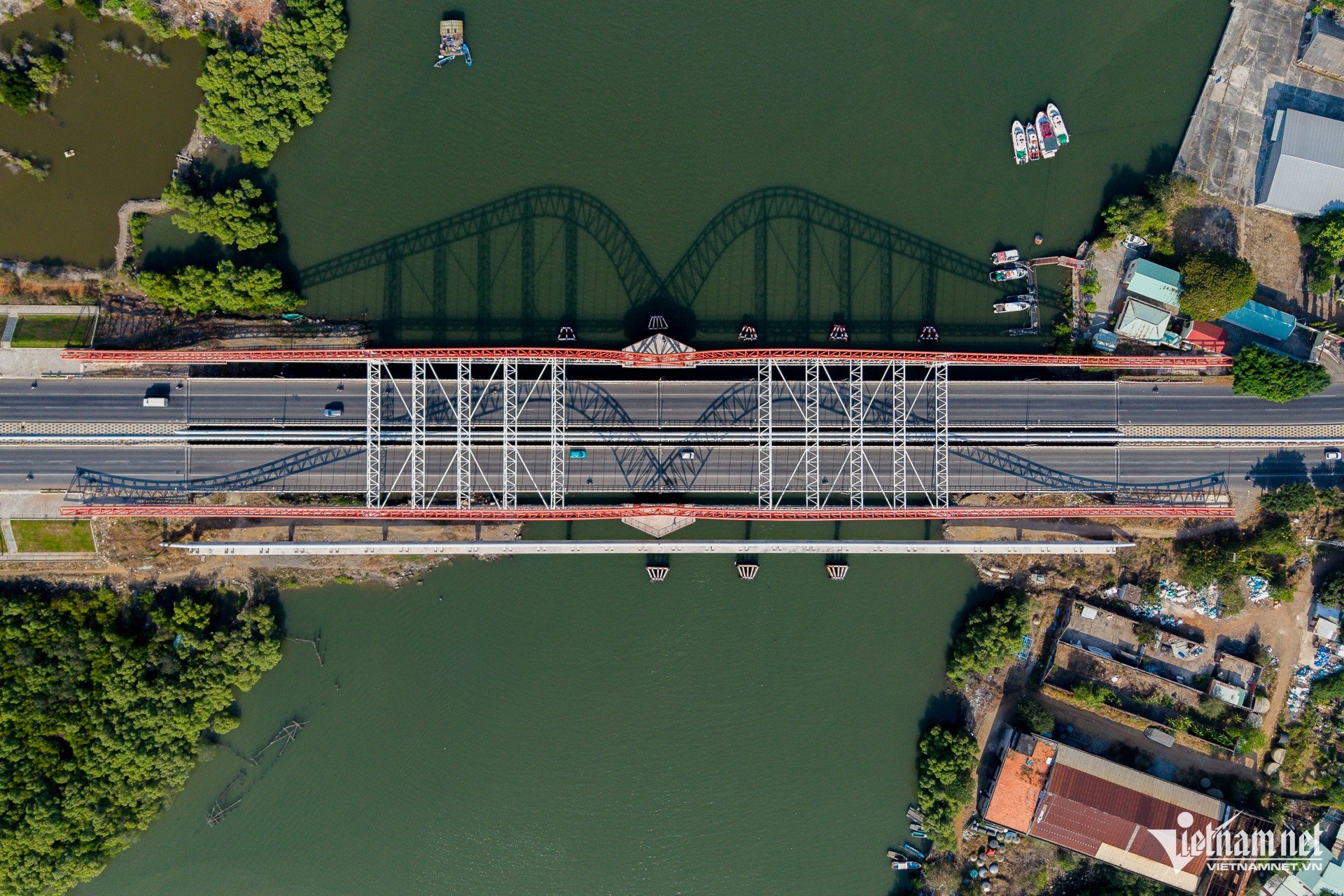
![[Photo] Ministry of Defense sees off relief forces to the airport to Myanmar for mission](https://vstatic.vietnam.vn/vietnam/resource/IMAGE/2025/3/30/245629fab9d644fd909ecd67f1749123)
![[Photo] Prime Minister Pham Minh Chinh chairs meeting to remove difficulties for projects](https://vstatic.vietnam.vn/vietnam/resource/IMAGE/2025/3/30/7d354a396d4e4699adc2ccc0d44fbd4f)
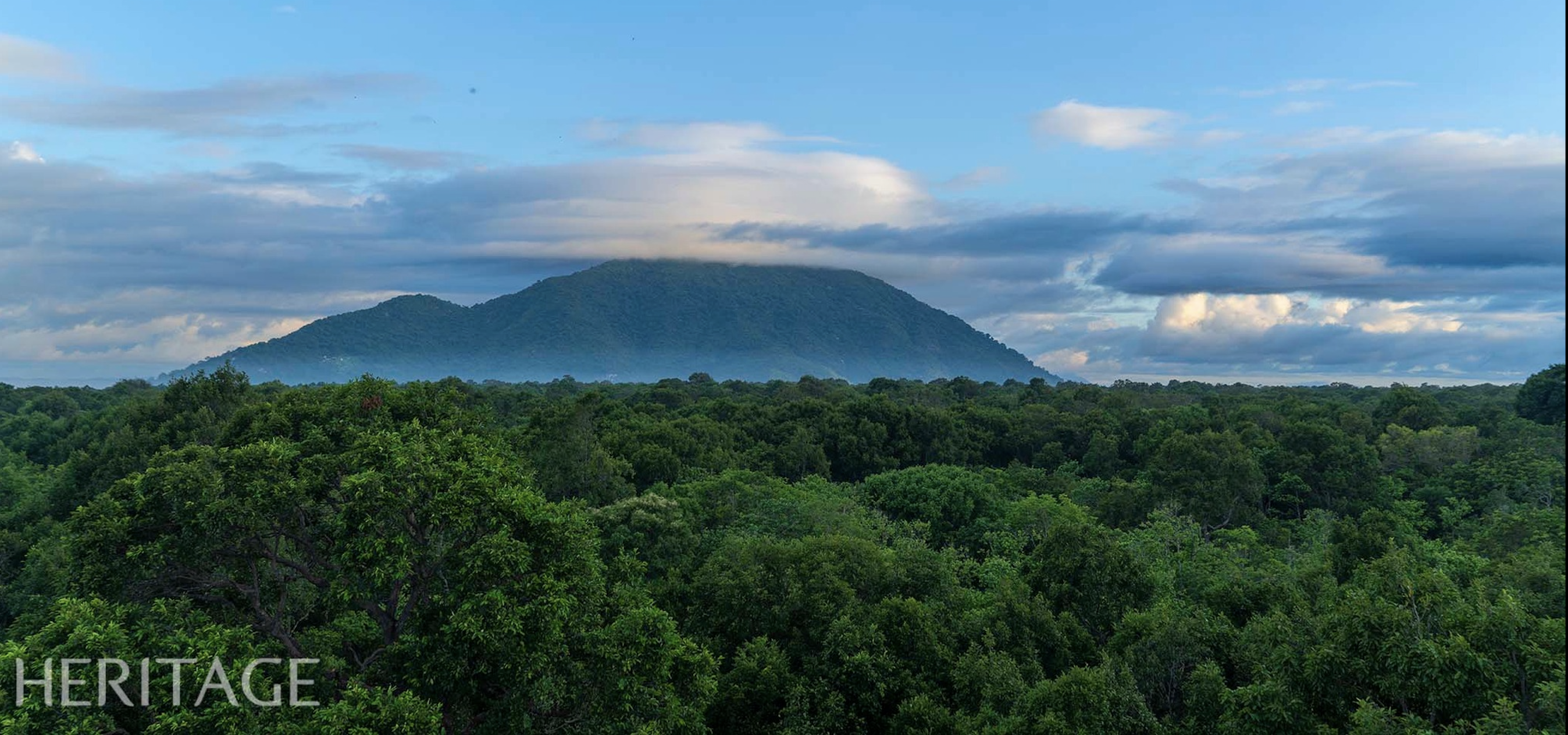

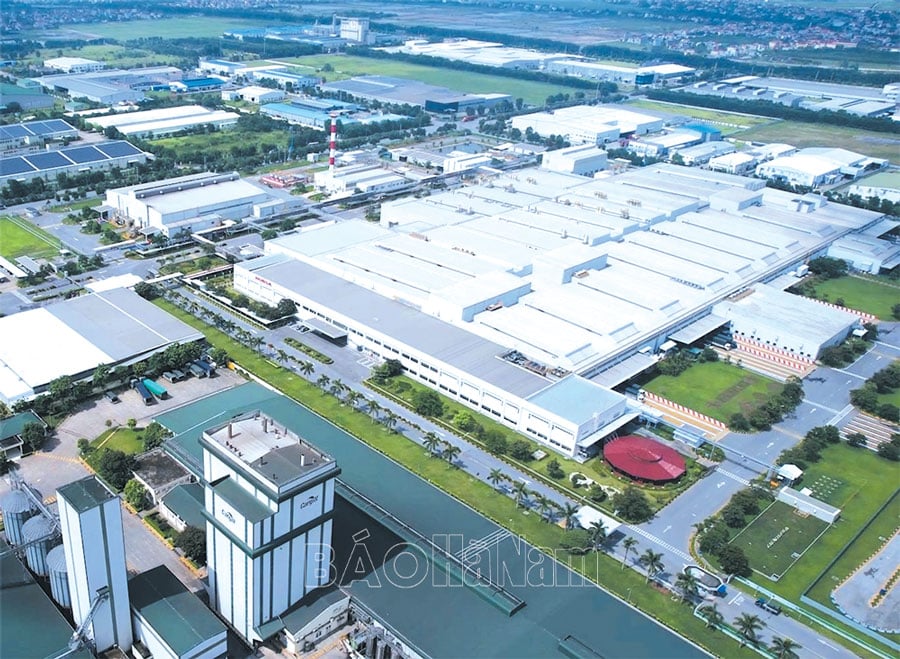
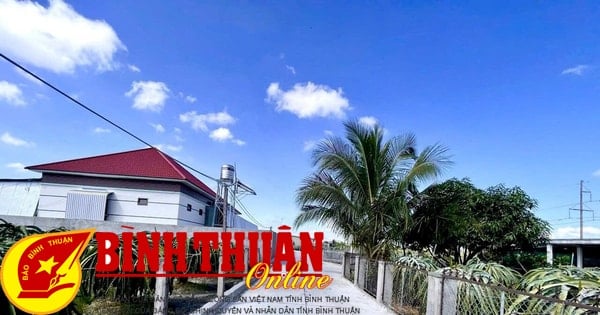
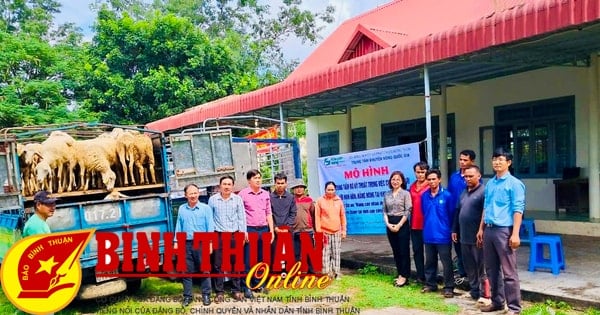
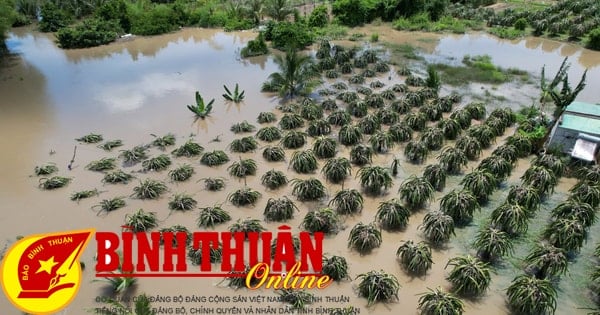
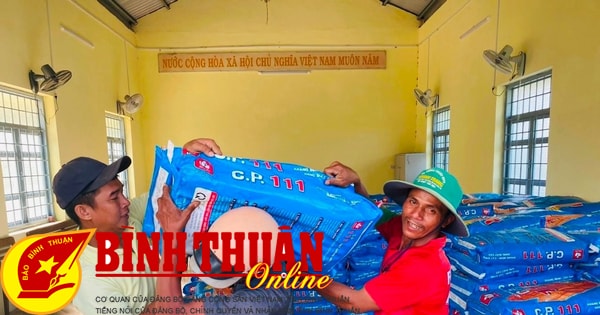
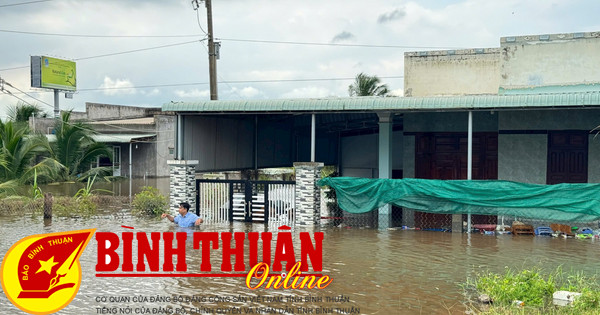
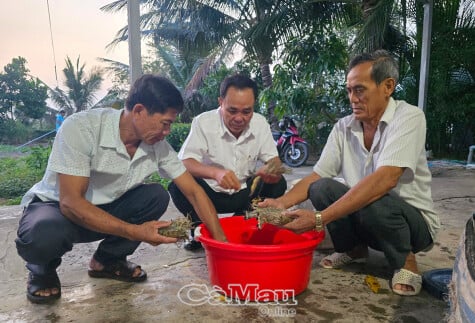
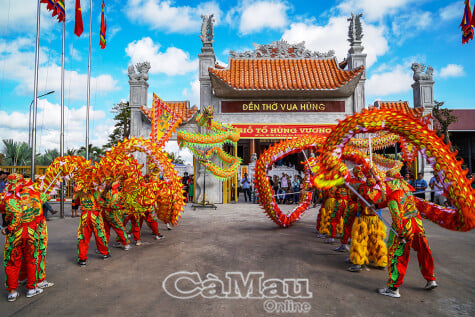

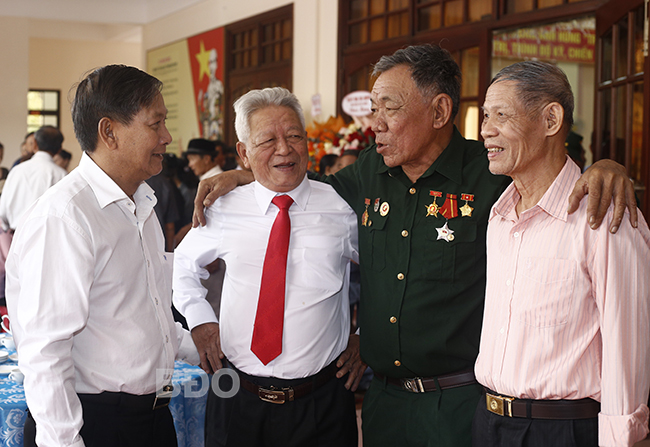
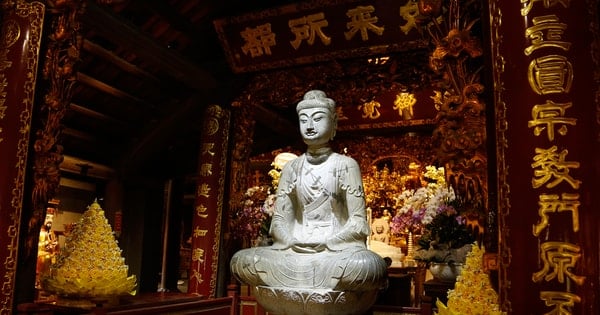
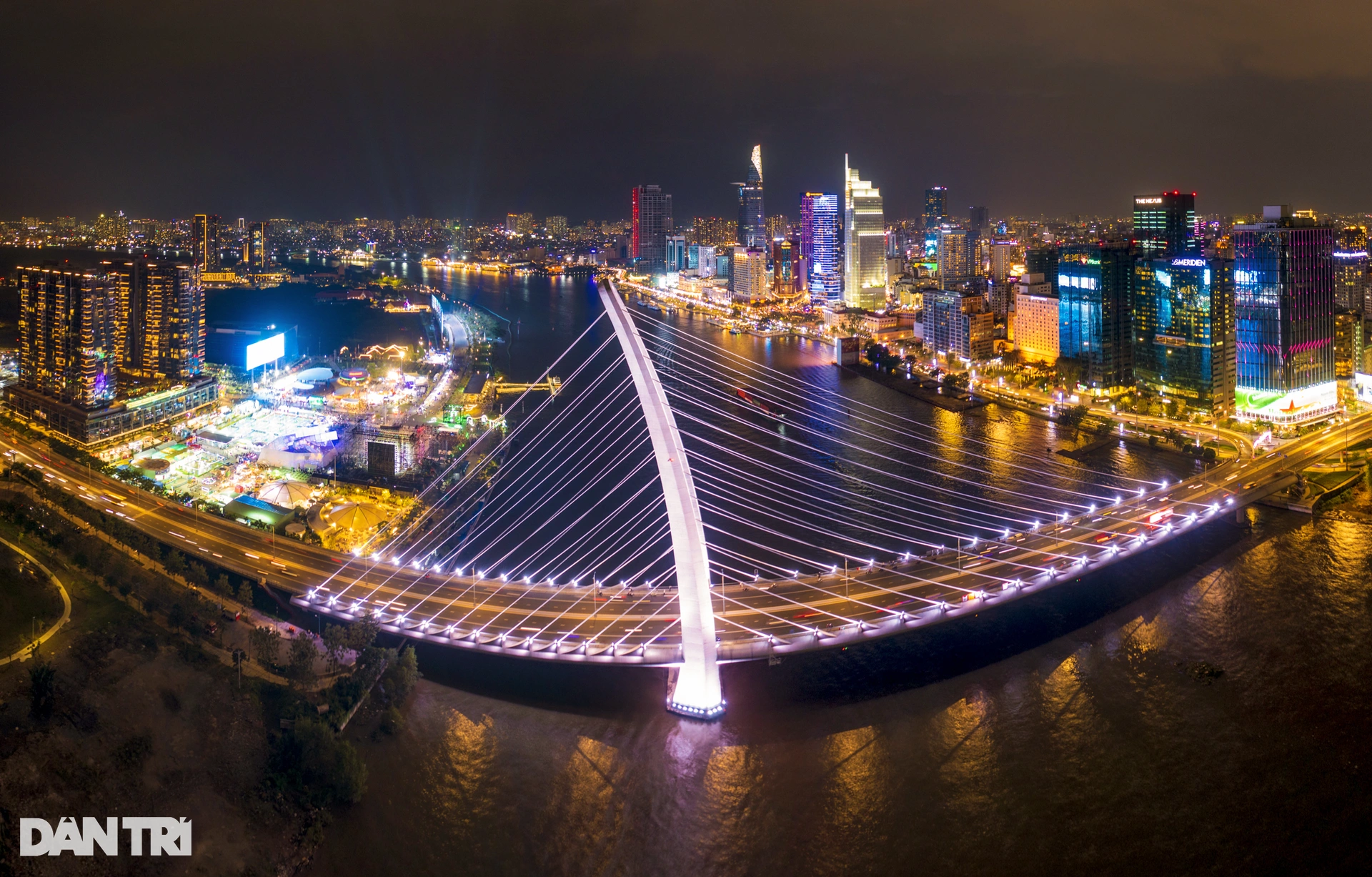






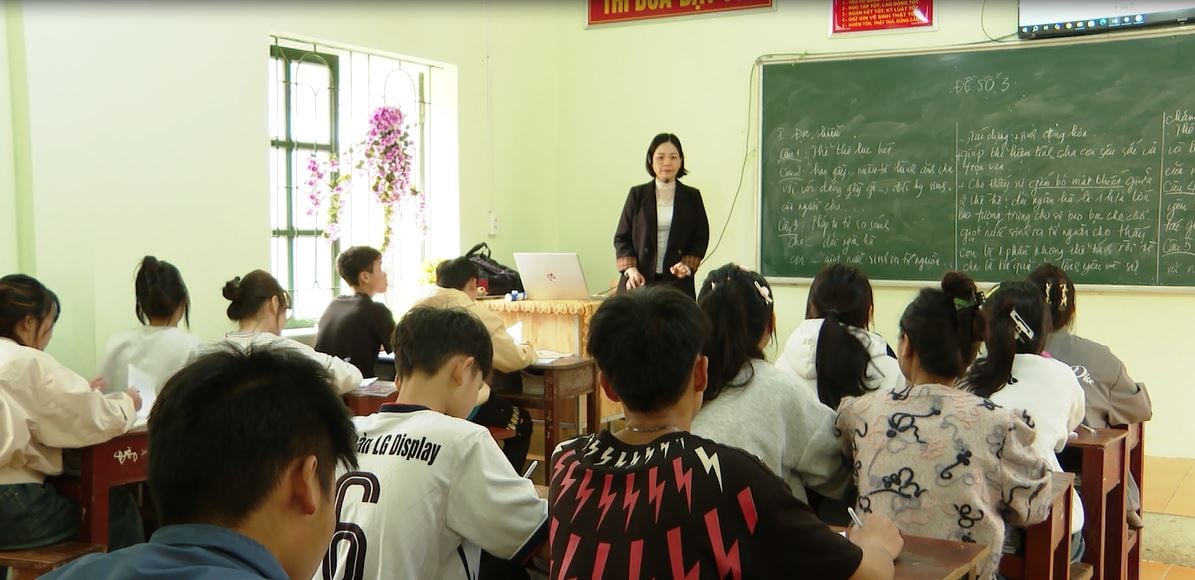
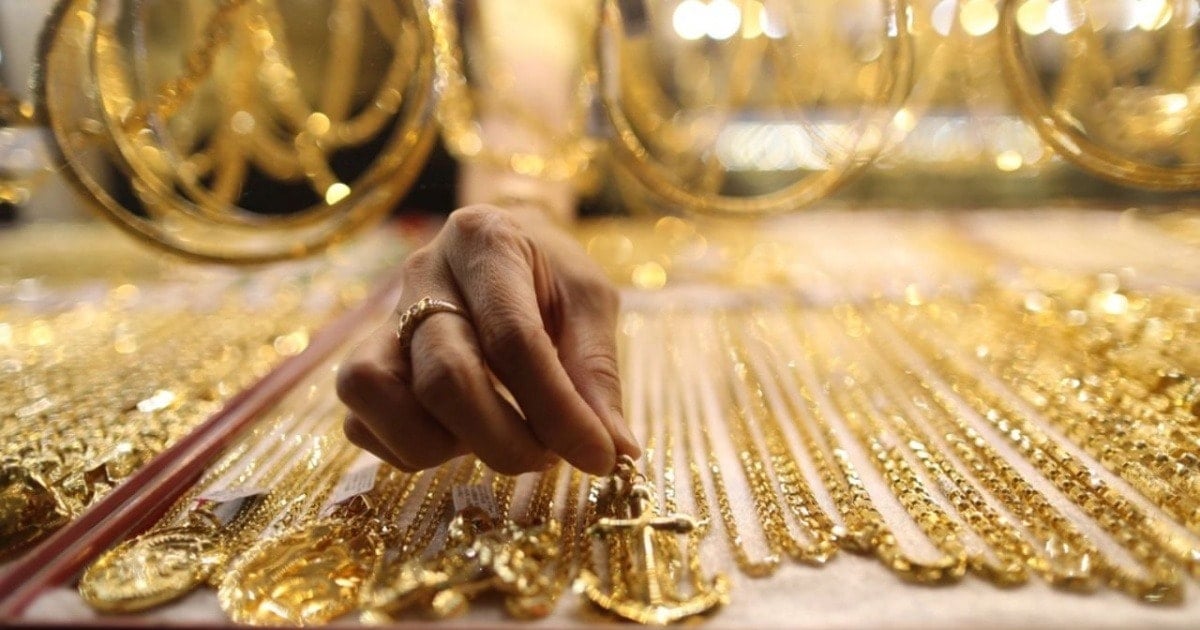
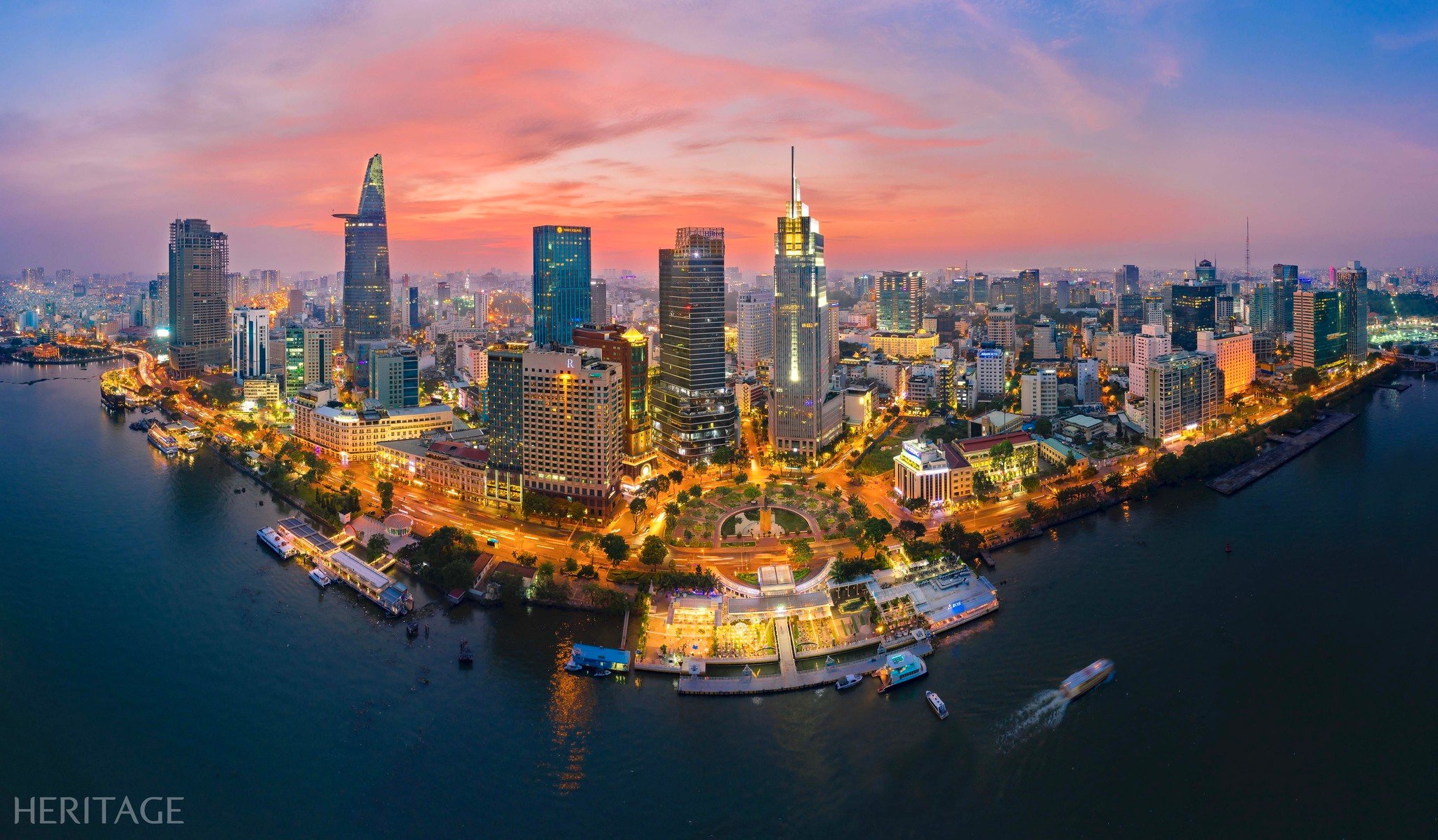
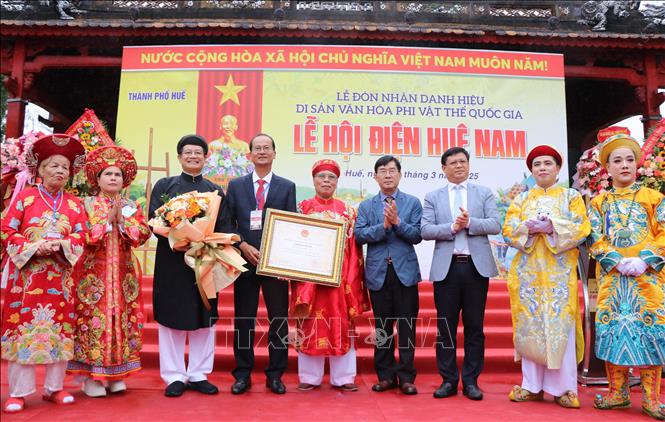

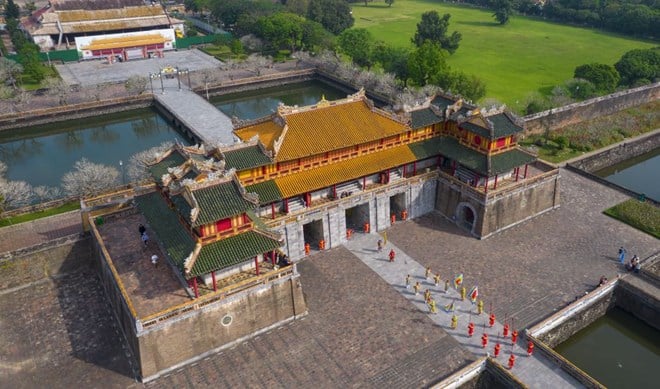

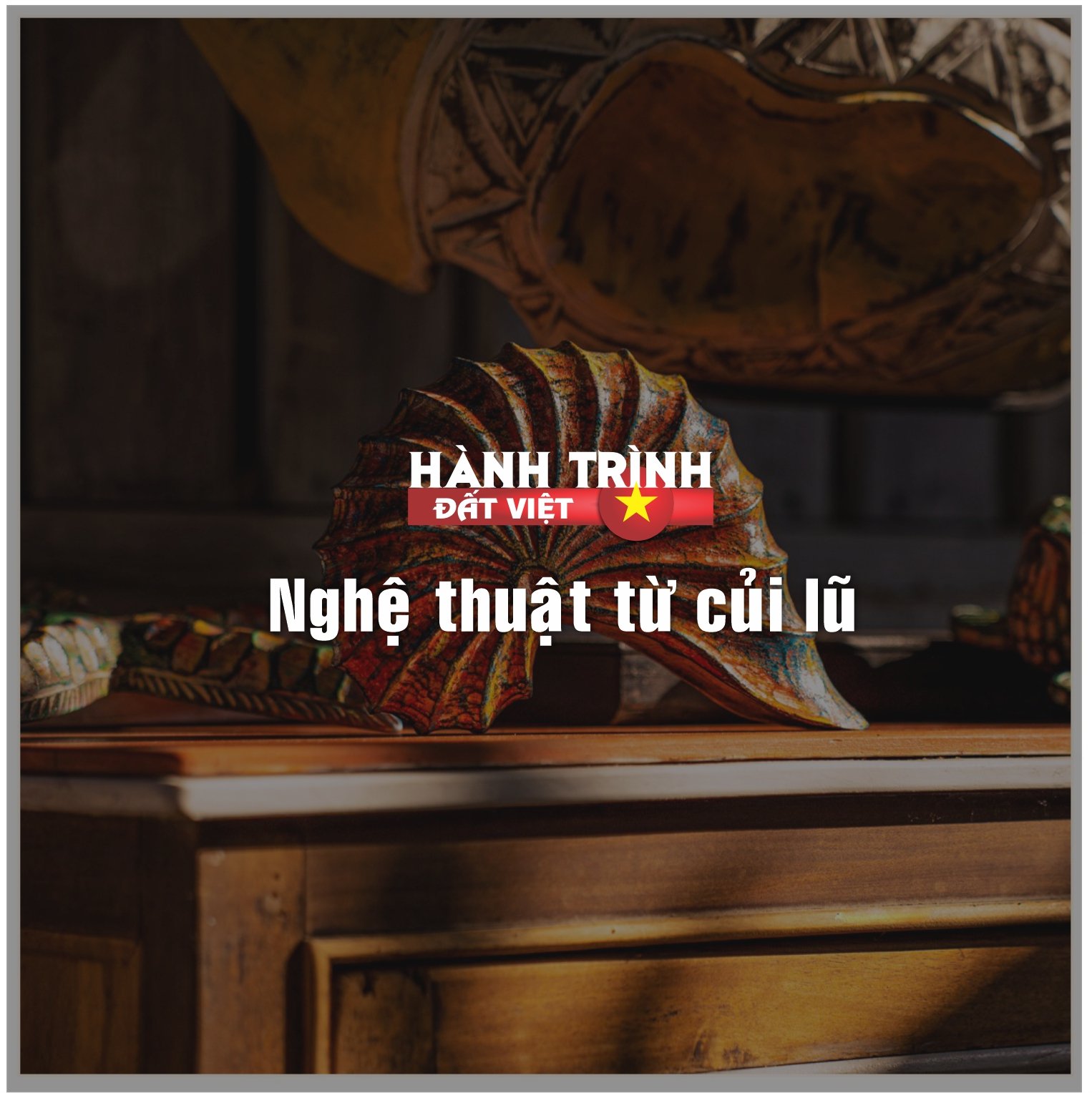

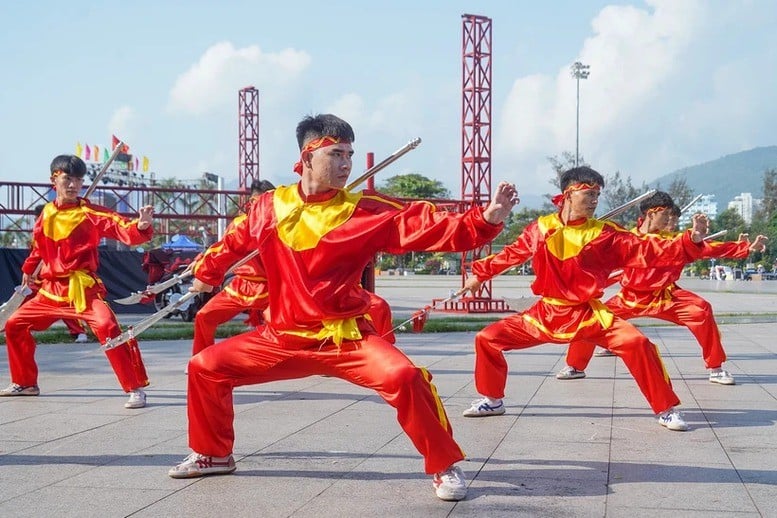

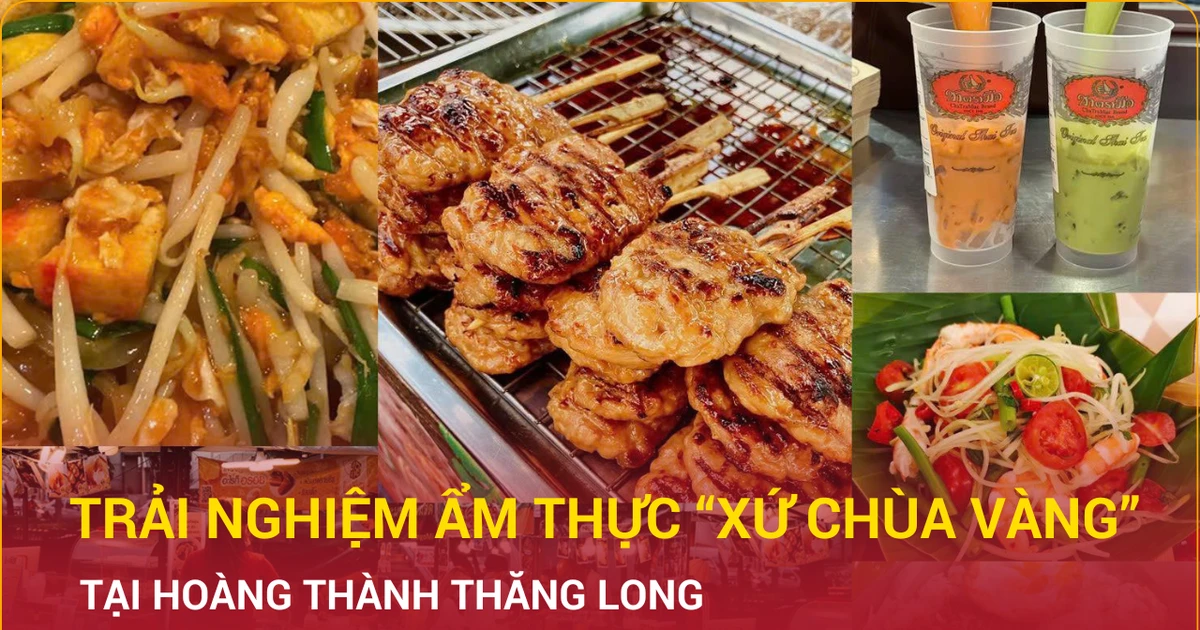

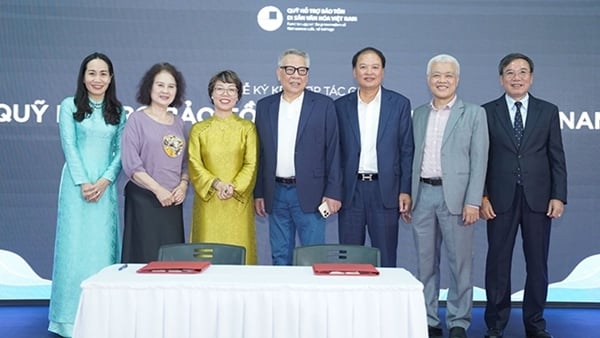

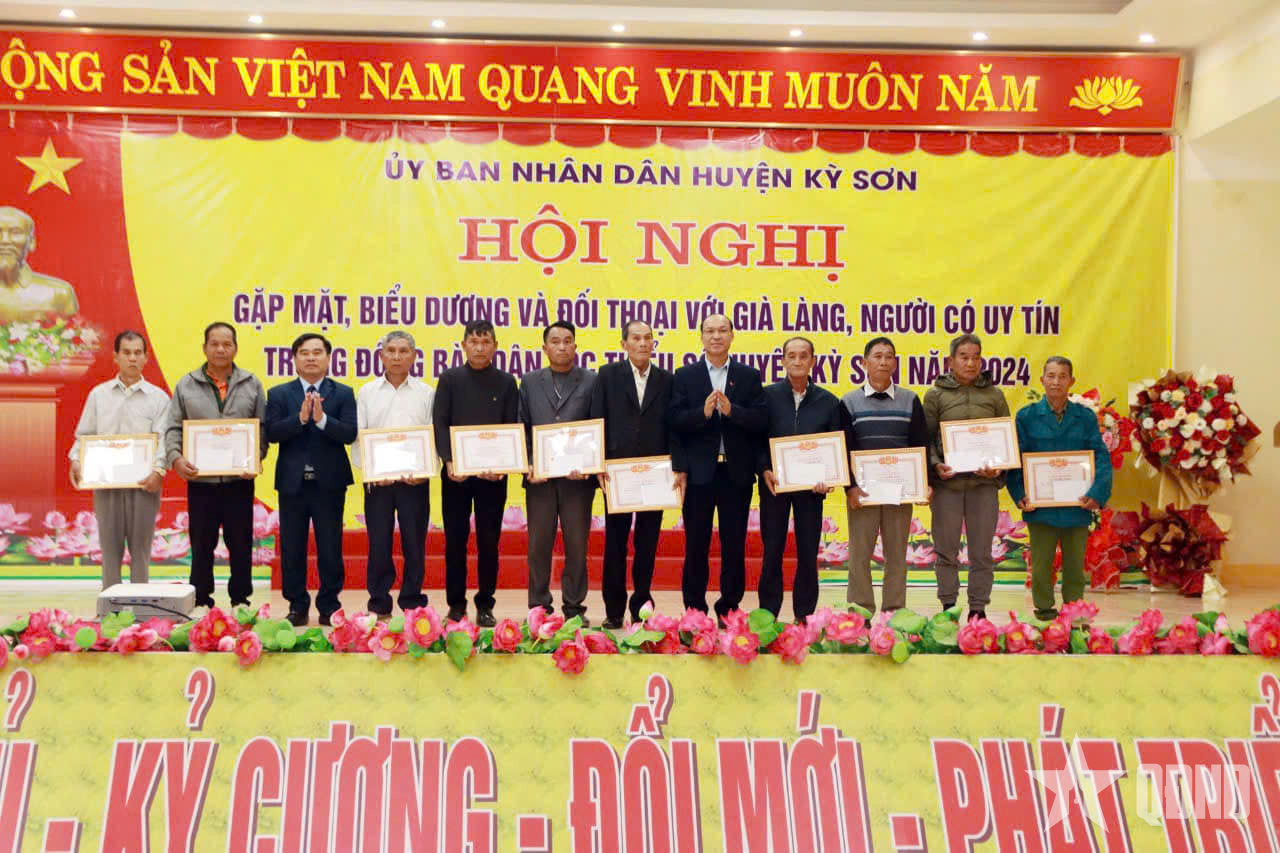



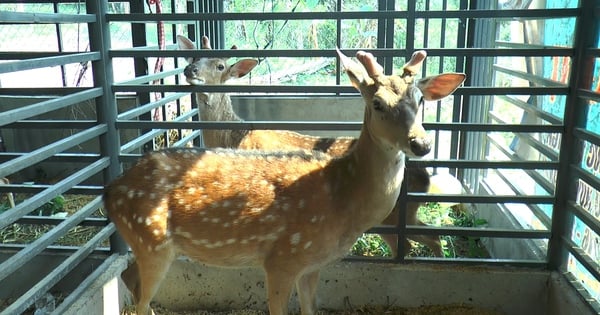



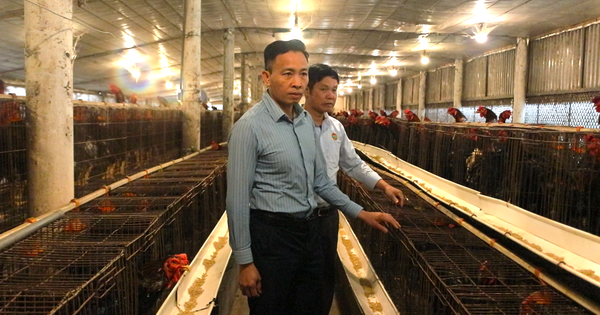








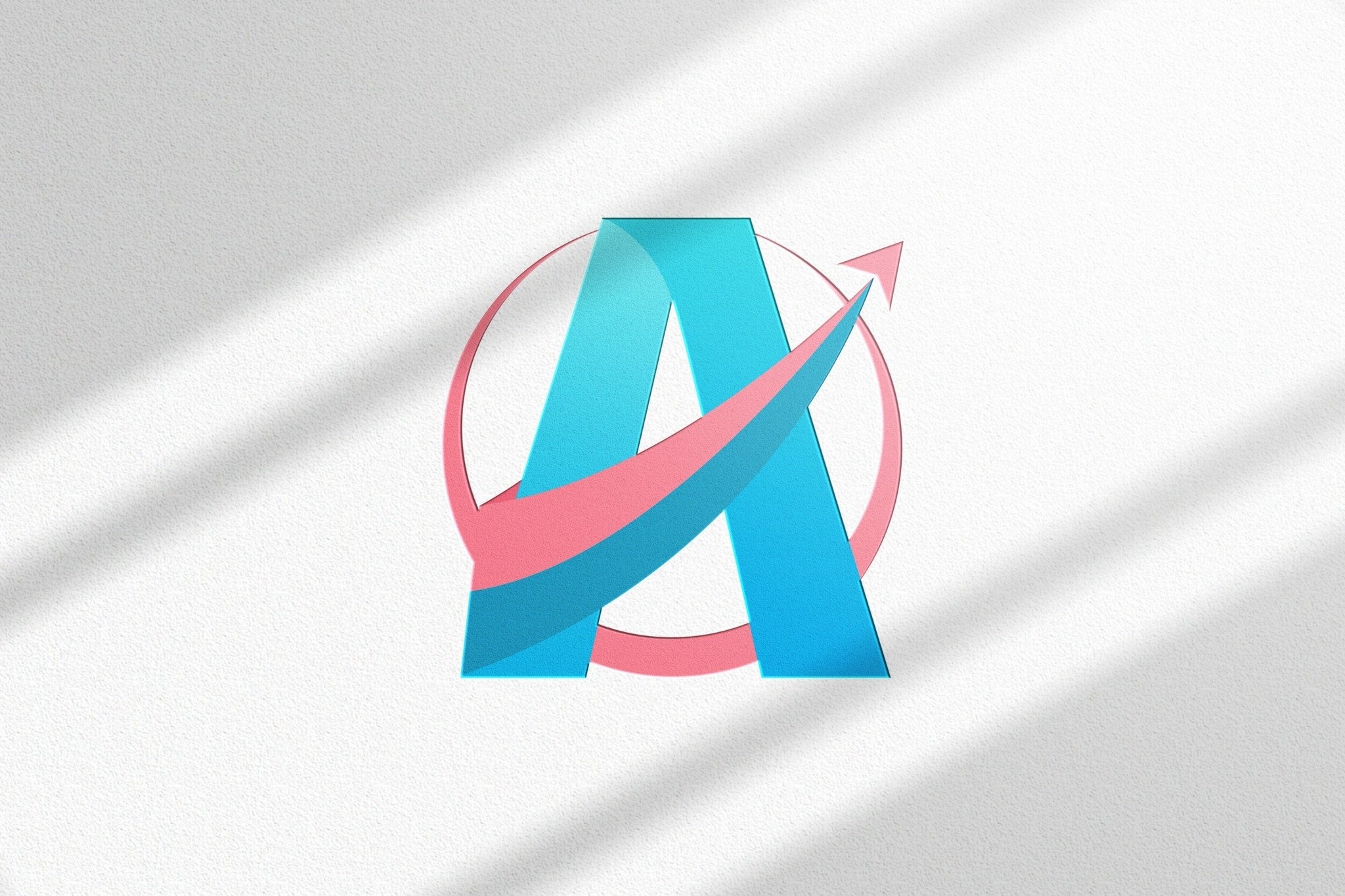







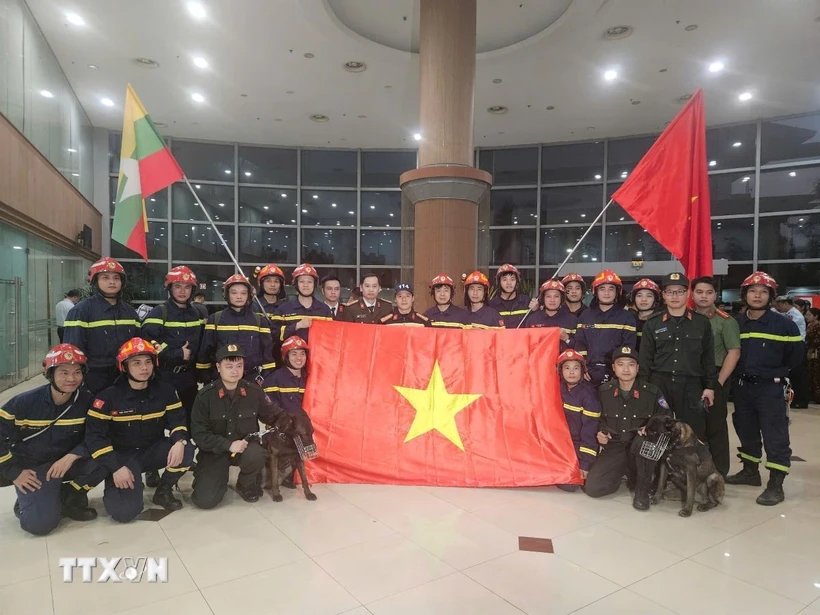
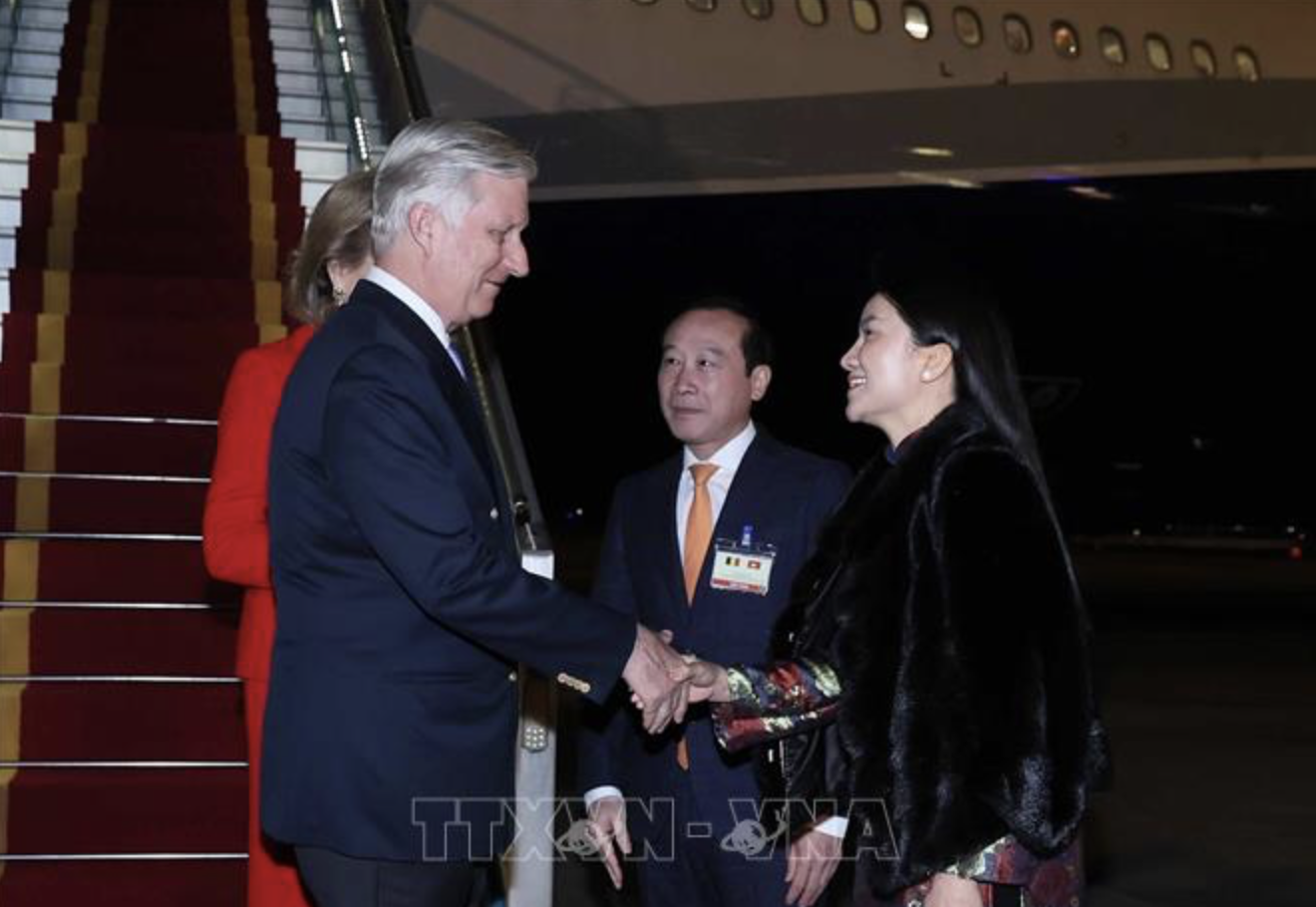
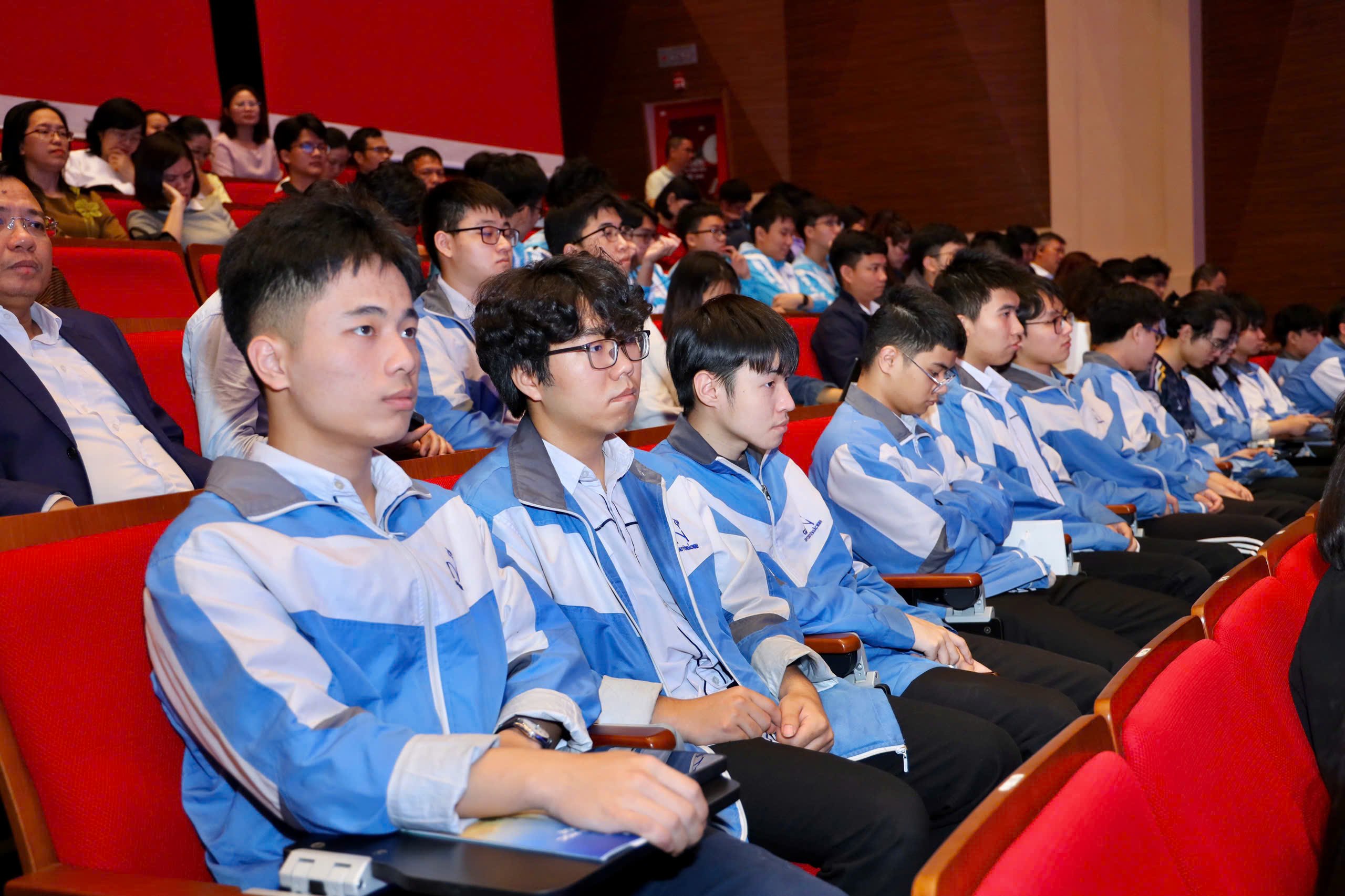



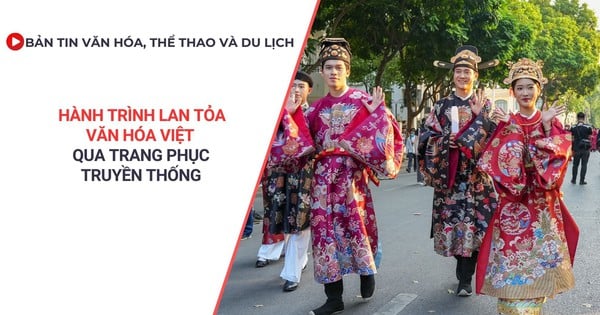

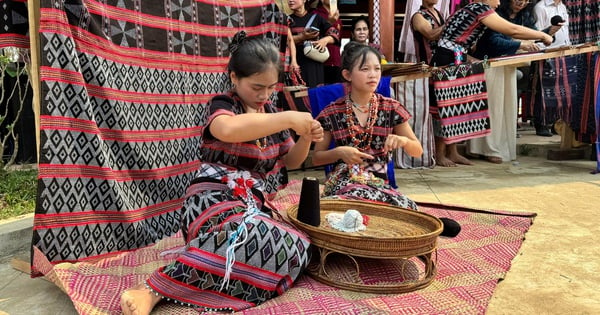
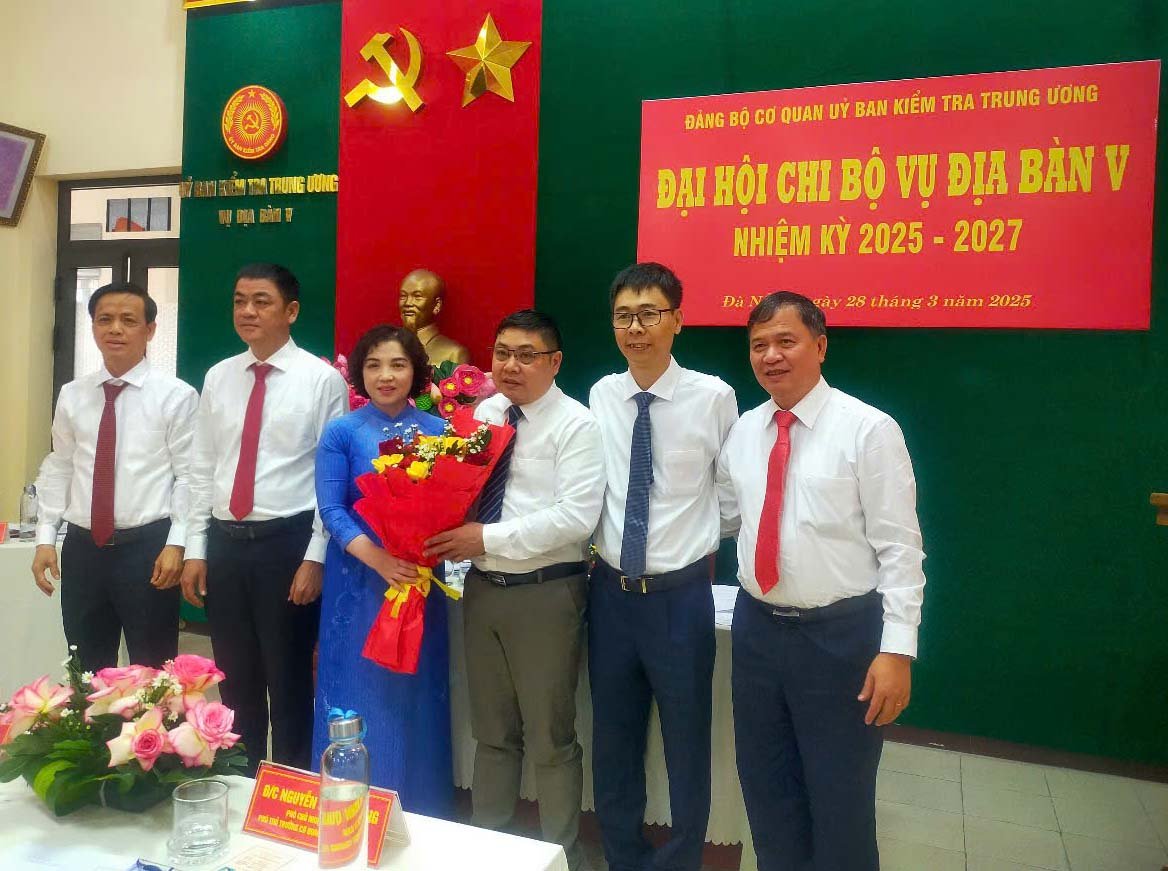

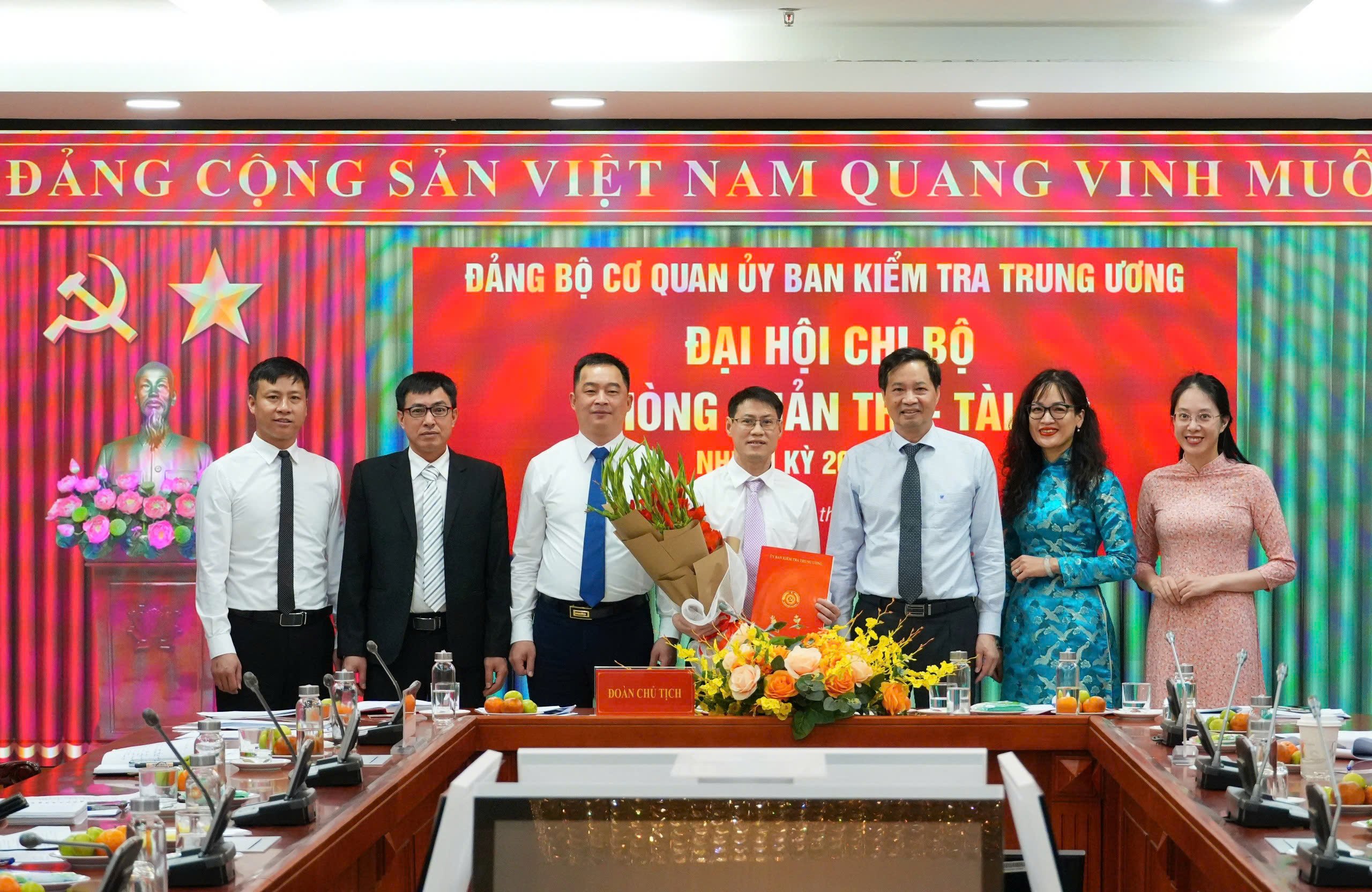
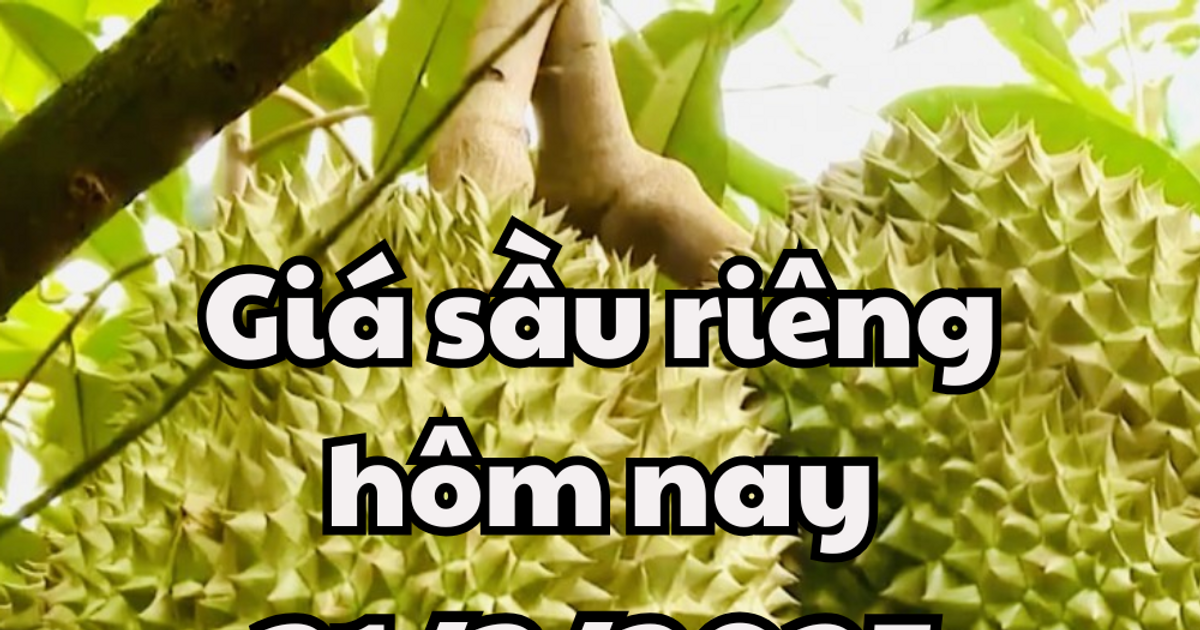

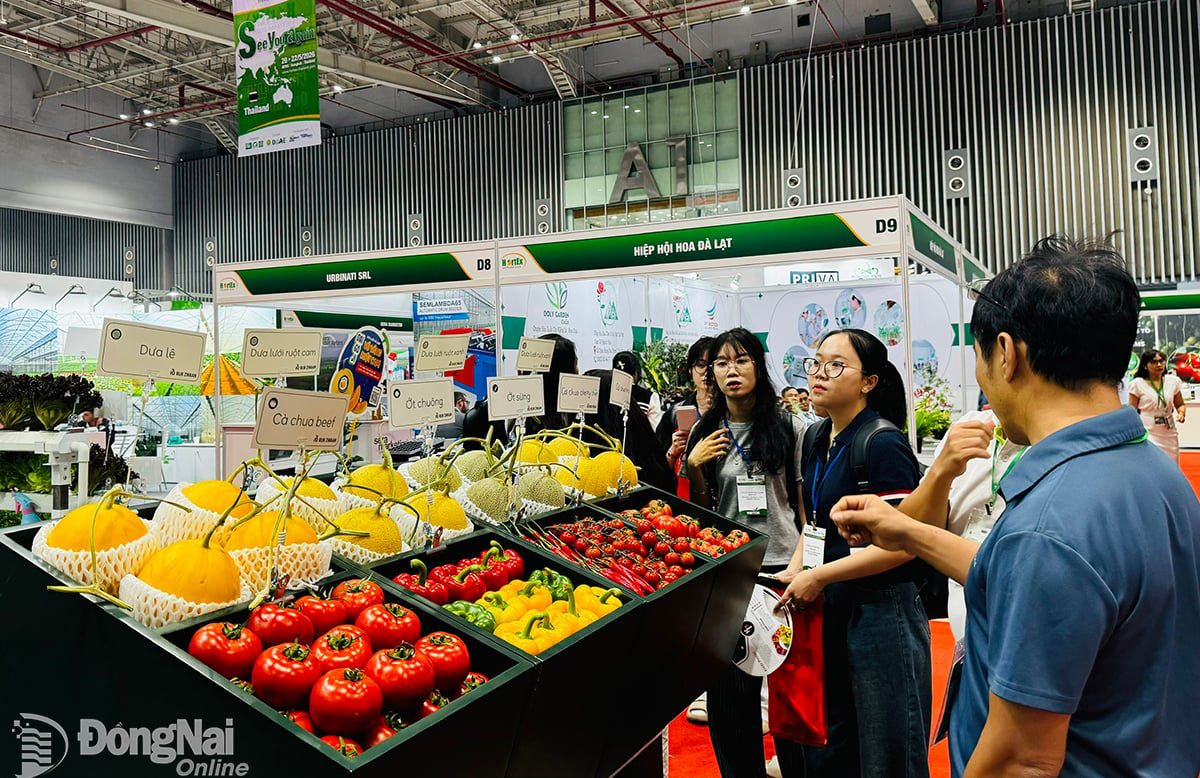



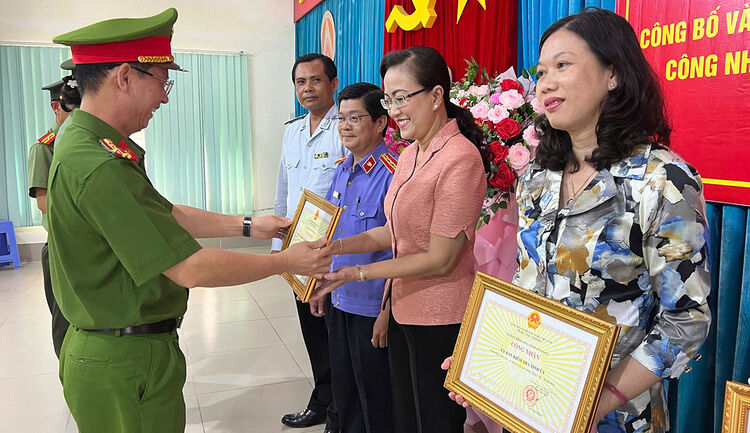
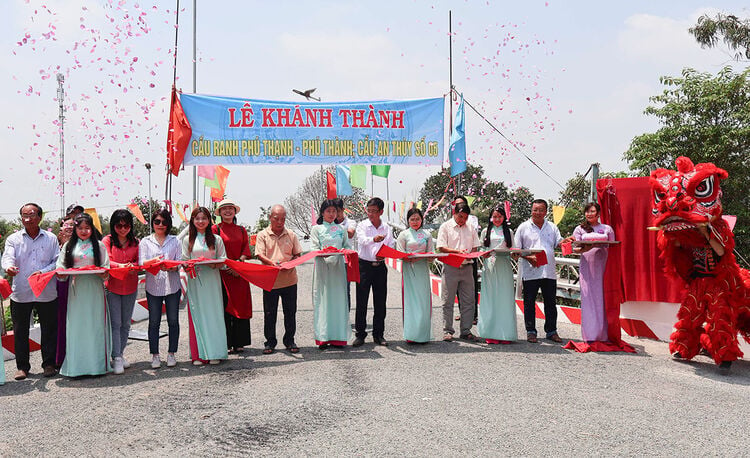
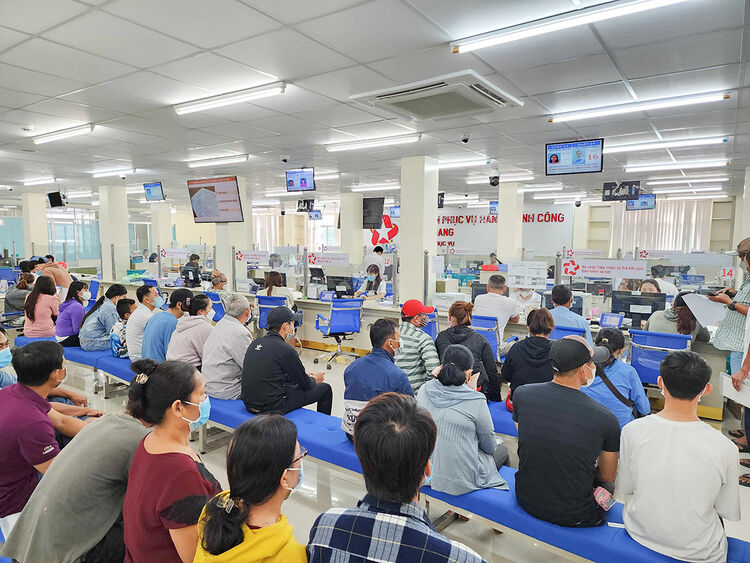
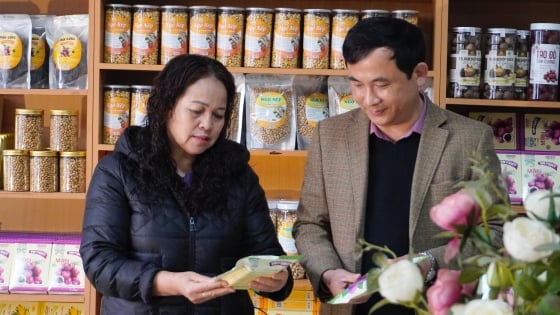

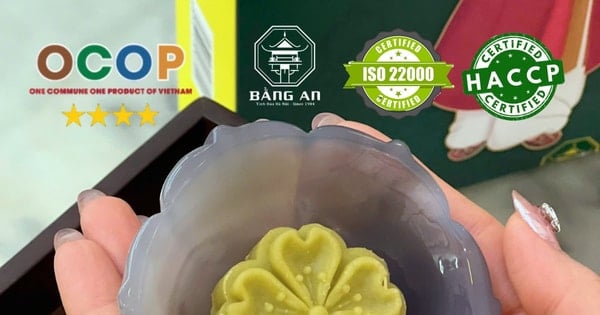

![[REVIEW OCOP] An Lanh Huong Vet Yen Cat](https://vstatic.vietnam.vn/vietnam/resource/IMAGE/2025/3/27/c25032328e9a47be9991d5be7c0cad8c)

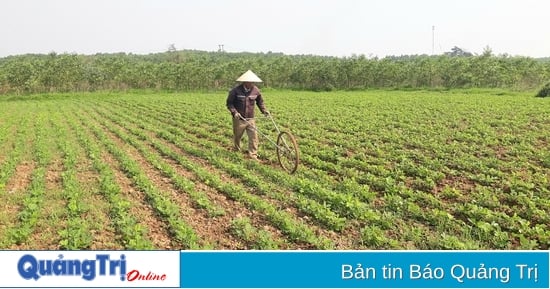

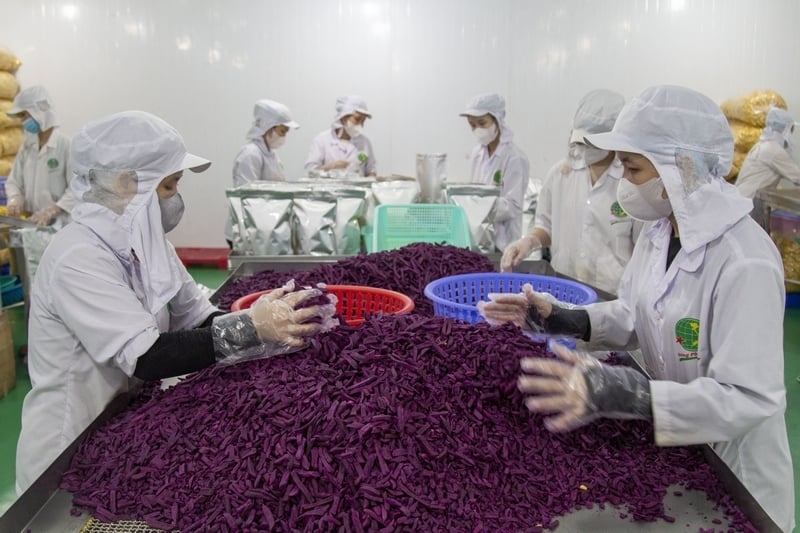
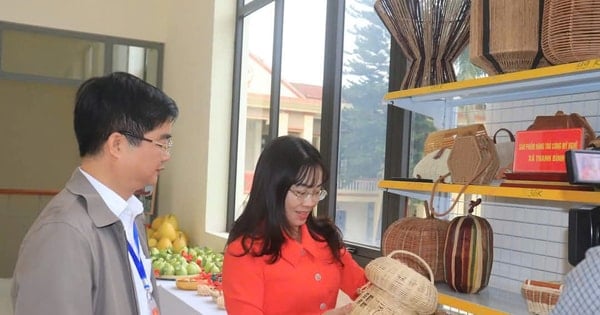
Comment (0)